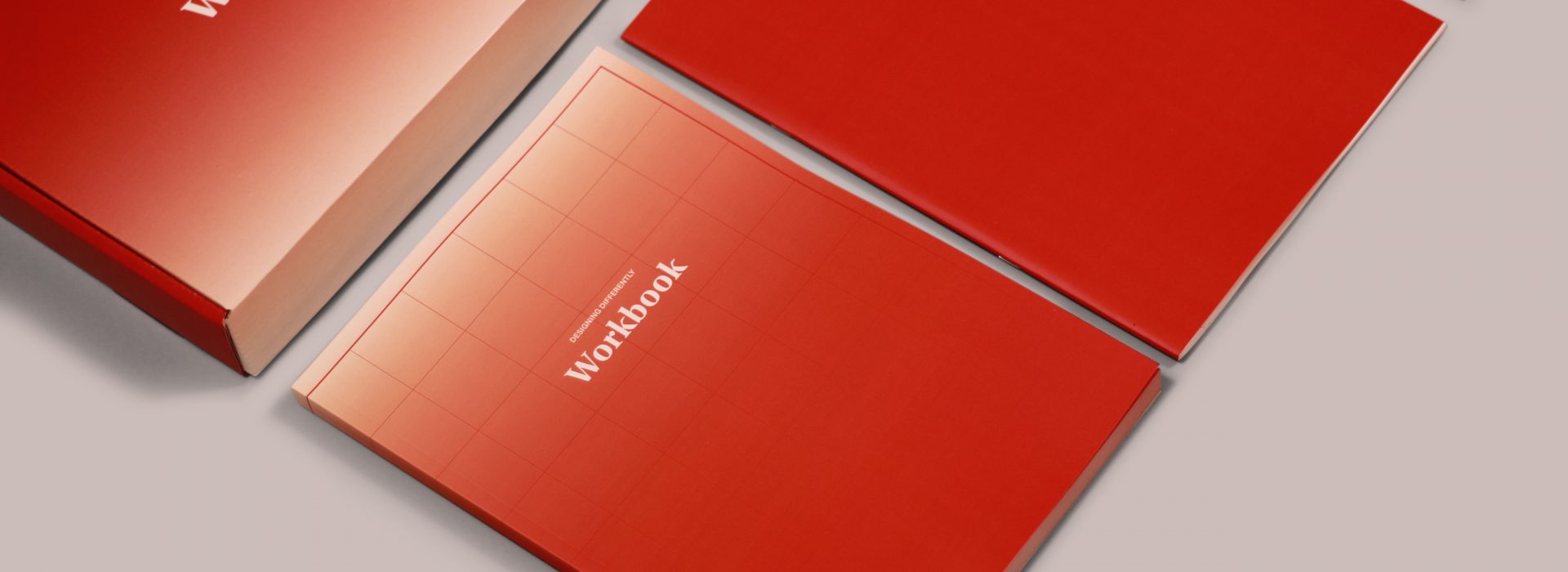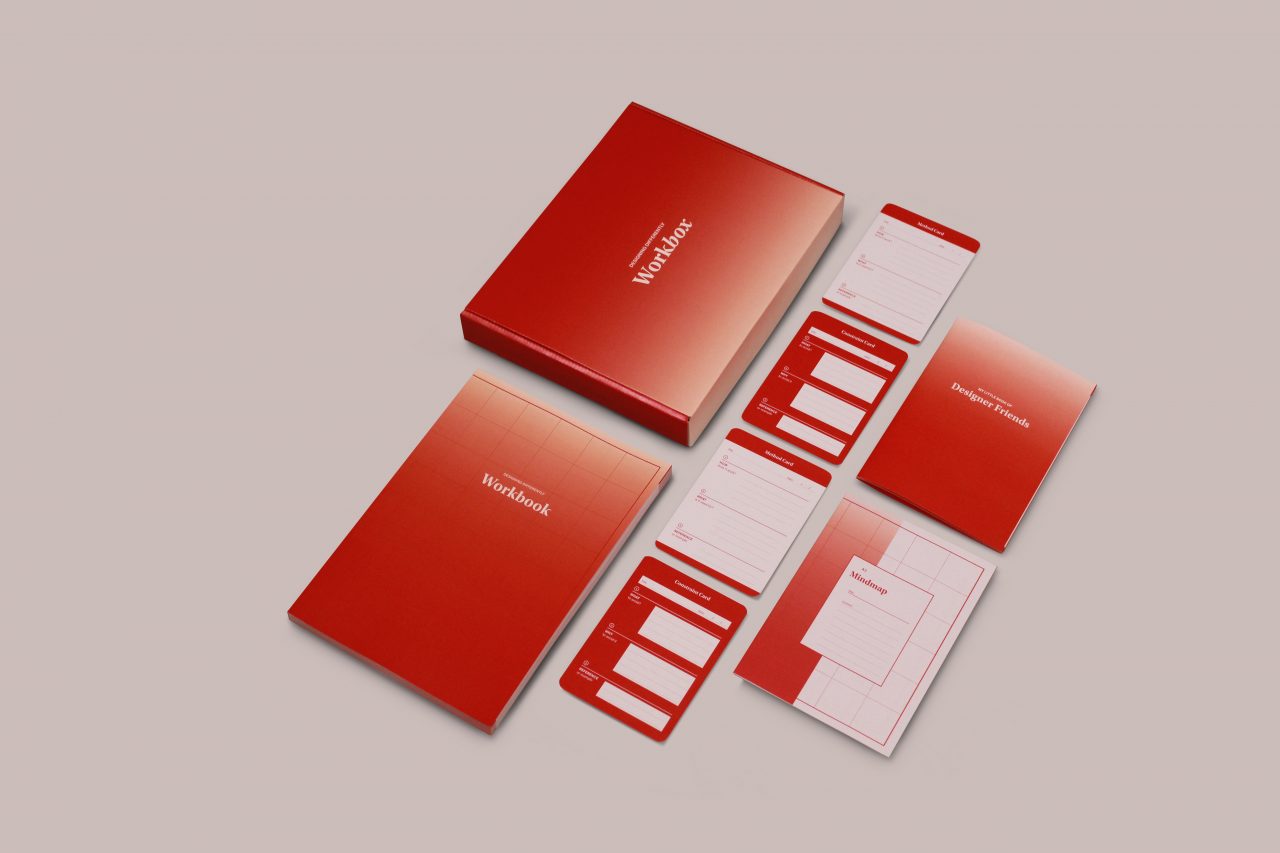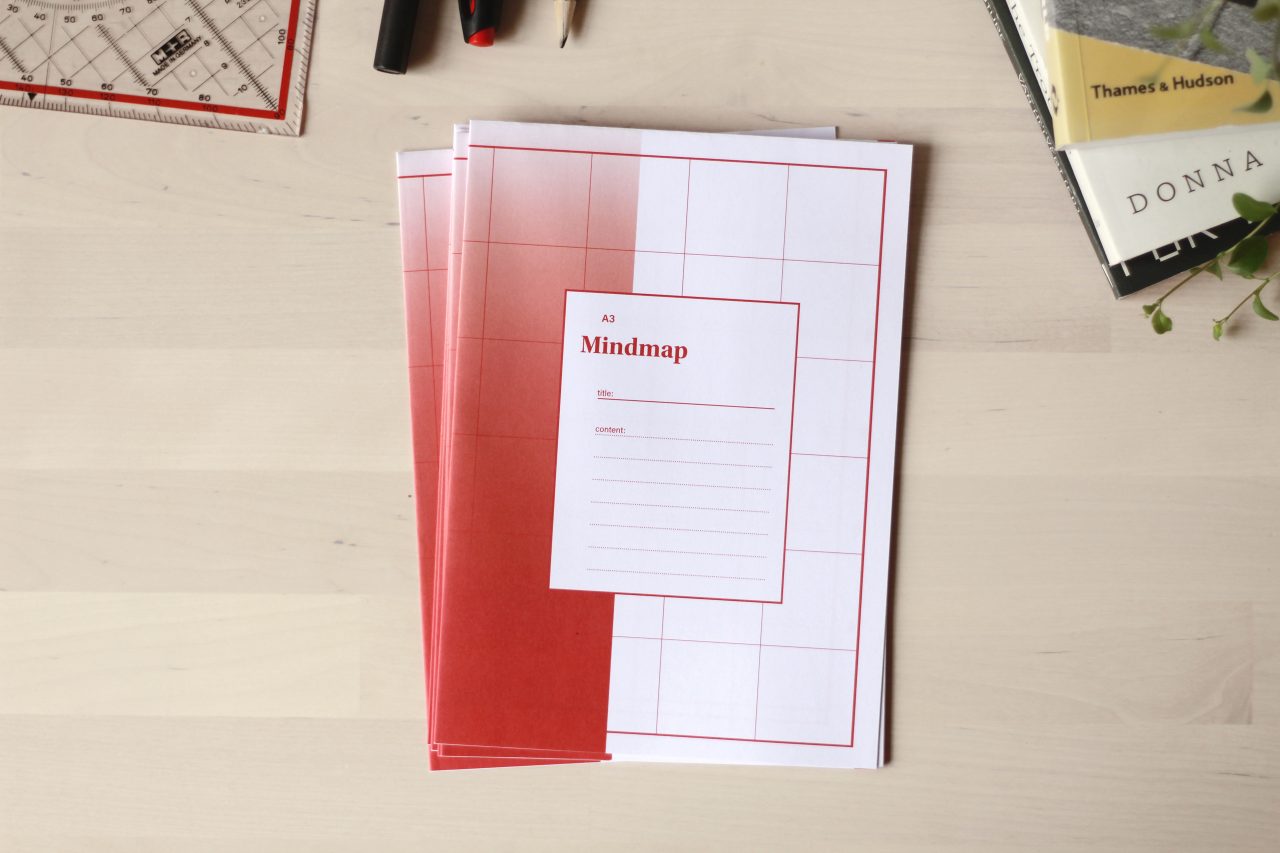Designing Differently – a Workbook for the Reflective Practitioner

Project details
- Year
- 2020
- Programme
- product-design
- Practices
- Commercial
- Minor
- Honours /Visual Culture
From the industrial revolution onwards, it has become increasingly evident that design as a tool for shaping the world is, in fact, a double-edged sword that can both destroy and transform. Although pioneers such as Victor Papanek already warned designers of the ecological and social implications of their work in the late 1960s, the pleas for a complete revision of the discipline are now more urgent and frequent. Socially engaged types of design that are supposed to counter this status-quo seem to fail to establish lasting effects that reach beyond public awareness. And the stakes are getting higher. In the case of the environmental crisis, for example, it has become clear that we are running out of time. I strongly believe that new approaches are needed if we—socially engaged designers—wish to adequately anticipate contemporary and future issues.
Nominee Drempelprijs Commercial Practices

Some theorists even suggest the need for a design transition. This idea indicates a promising development that could potentially unlock new prospects for design as an agent for social change. But up to today, we seem to lack the coordinates to properly navigate the transition towards this different way of designing.
By now, most of the world’s leading art and design academies are under pressure to come up with new programs to facilitate radically new approaches. Some academies already offer somewhat alternative tracks, such as Design Interactions at RCA London and Transformation Design at CMU Pittsburgh, but many universities are still behind on this development. In the meantime—until the fundamental framework that current design education is based on undergoes thorough revision—it is up to theorists, practitioners and students to navigate the course of the development of the discipline of design.
With my project Designing Differently— A Workbook for the Reflective Practitioner, I invite students and young designers on a journey towards new ways of designing.
Actually, the product is more of a workbox rather than a workbook—it is a toolkit for self-study that contains a workbook and a range of additional tools. The workbook offers the guidelines for a simple process that consists of three chapters: explore, evaluate and experiment. In the first chapter, the user collects valuable insights by researching existing socially engaged design practices. In the second chapter, the user reflects on these insights, enabling oneself to locate common pitfalls. In the third chapter, all gathered insights and reflections are combined in order to find ways to avoid these pitfalls and thus create more effective design practices. Using the workbook results in the blueprints of new, hybrid practices and several experiments that can be put to practice.



With this project, I aim to support students and young designers on their search for more effective ways of designing. However, my larger ambition would be to contribute to the development of the discipline of design at large. The workbox and activities around it could help us create insights that might inspire a new agenda for the aforementioned transition. As I realise the workbox alone may not be enough to pay a considerable contribution to the development of the field, I see this project as the first step of a broader research plan.
To be continued…
Follow my journey on my website or on instagram.